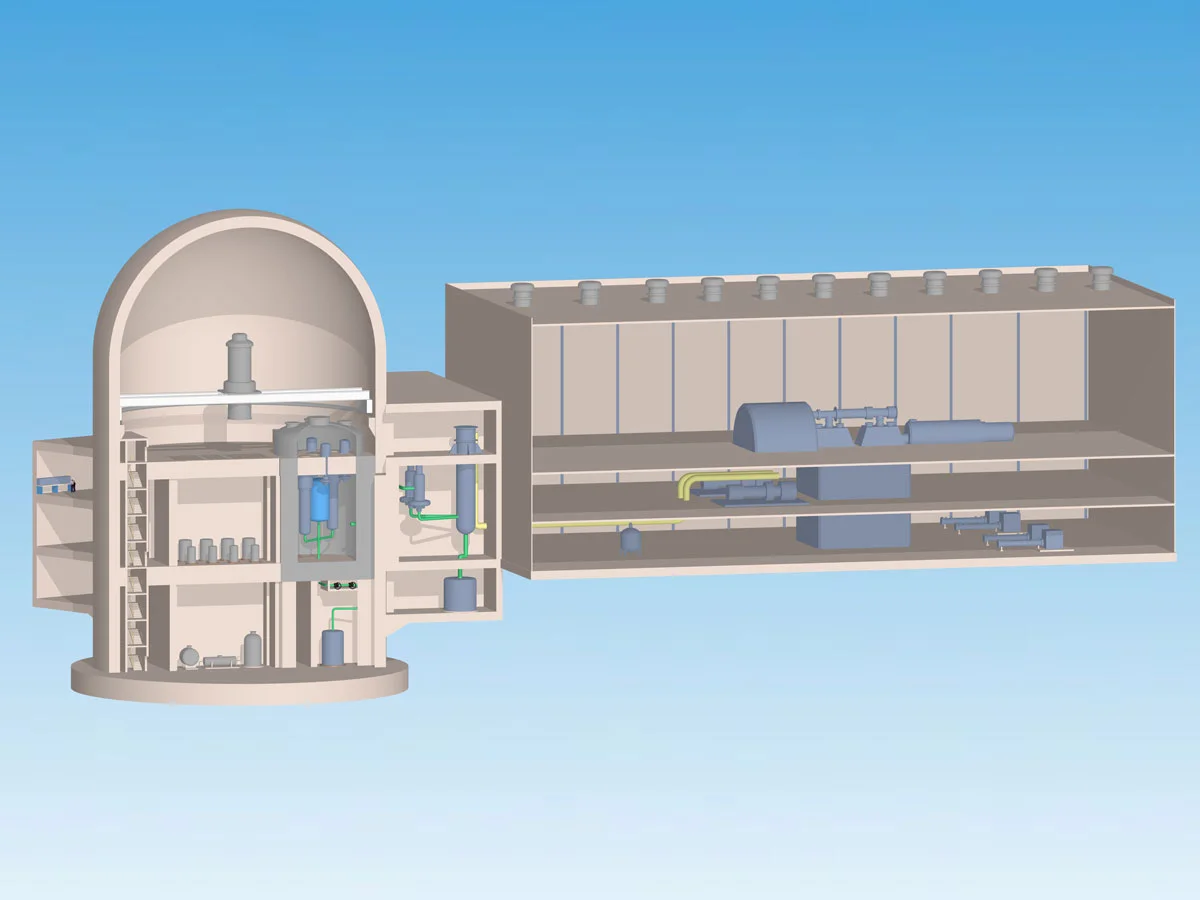
Prototype Of Nuclear Reactor Being Built By Leslie Dewan. Courtesy Leslie Dewan.
[](#)[](#)
Leslie Dewan
The Study of Transplutonium Metals and/or Running Quickly
It’s a little after 11 a.m. on the first day of MIT’s EmTech conference, a yearly gathering that brings some of the brightest minds and biggest ideas in technology, culture, and industry to the vaunted university’s Media Lab. Plug-in hybrid Porsches are parked outside, gleaming in the October sun as they await test drivers; big data and neuroengineering are part of the day’s agenda. An “Innovators Under 35” session is under way, and a young woman in a smart turquoise dress takes the stage.
“Hello, everyone,” she says brightly. Then: “I have this nuclear reactor, and it can run entirely on nuclear waste.”
This is Leslie Dewan, a 28-year-old nuclear engineering Ph.D. and the Chief Science Officer of Transatomic Power, a startup that’s trying to change the way people look at much-maligned nuclear energy—and to clean up a lot of the world’s currently existing nuclear waste in the process.
Dewan and her colleagues at the Massachusetts-based company have developed a new type of reactor known as the WAMSR. This acronym stands for “Waste-Annihilating Molten Salt Reactor,” and its design is actually based on a type of nuclear reactor that was prototyped in the earliest years of the nuclear era. It essentially sucks a lot of energy out of toxic waste, something that other reactors don’t have as much power to do. It also has a safe shutdown mode, which could assuage the public’s nervousness about nuclear power.
The week prior to the conference, I get my own private tutoring session.
“In a conventional nuclear power plant, they aren’t able to keep the fuel in the reactor for very long, so conventional reactors are only able to extract about three percent of the energy you could possibly get out of the waste,” Dewan explains to me over the phone. “When you take that waste out it still has so much energy left, and it’s still so dangerous. We’re able to extract the vast majority of the remaining energy—up to 96 or 97 percent, total—that’s in the waste.”
That’s a lot of energy, and it can be used to satiate the demand for power in a world that’s increasingly reliant on electrically powered devices. For a long time, in fact.
“If you take all of the spent nuclear fuel that exists in the world right now and put it into these reactors, you’d be able to power the entire world for about 72 years, even if you’re taking into account increasing electricity demand,” Dewan says. “That’s the crazy thing—this waste can be viewed as a resource, as a fuel, and something you don’t necessarily want to get rid of permanently in a repository like Yucca Mountain \[in Nevada\] and make it inaccessible. You want to extract as much energy as you can before you put it away.”
Dewan’s interest in science started early, when she was growing up in the Boston suburbs, attending an all-female school. “I didn’t run into a lot of issues with science and math classes being dominated by guys \[in high school\], and that was really good for me, I think—nobody was afraid to speak up in those classes.” In that open environment, she found a mentor. “I had this really awesome physics teacher in high school—she was also my middle school science teacher,” she recalls. That teacher also went to MIT, and Dewan followed in her footsteps—although she double-majored in nuclear engineering and mechanical engineering—while getting Transatomic off the ground. “Once I got into college, I realized that as much as I loved physics, I wanted to build things that people could use. Nuclear engineering seemed like a logical path to take, because I’d be building things and designing things, and not just working in theory.”
She finished up her Ph.D. earlier this year, and seems, unsurprisingly, unaccustomed to the influx of free time. “Now that I’m finally done with grad school I’ve started having time for hobbies, and it’s kind of weird for me,” she laughs. “I’ve been running, and I’ve been learning Mandarin, also—I’m really terrible at it, but puzzling it out is a lot of fun.” Given her track record for puzzling out other problems—like, say, powering the world while simultaneously making it safer—she’ll likely be fluent very soon.
